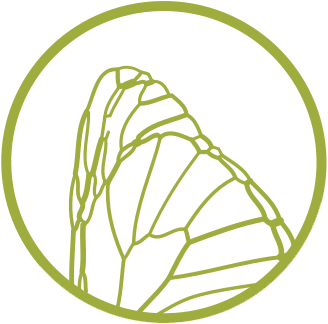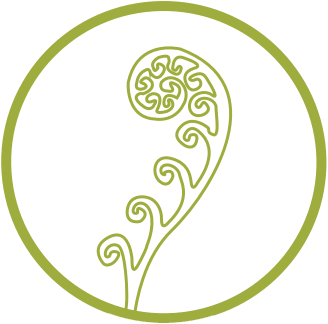
Scrolling through the Synapse by Biomimicry 3.8 newsfeed raises more than a few interesting questions: Can sunflowers save the bees? How does slime mold “decide” how to move toward food? What if we designed trusses like dragonfly wings? What kind of engineering tips can we get from a killer trapdoor plant?
That’s one of the great things about biomimicry; you never know what kind of thought-provoking design inspiration might be found when you look to nature for answers.

We recently hit a milestone on our new Synapse by Biomimicry 3.8 newsfeed when we published our 100th post, each of which includes expert commentary on recent biomimicry news articles, papers, and innovations. The newsfeed provides a daily does of biomimicry news in the form of commentary from our experts, including Janine Benyus and Dr. Dayna Baumeister.
Reaching the 100-post mark means we’ve compiled a tidy, scrollable list of 100 nature-inspired ways to spark new ideas on how to use nature’s genius to solve your most vexing problems. Like, how can we mimic skin to build walls that adapt to their environment? Or, how can mimicking protein sculptures help produce life-friendly chemicals?
Explore the newsfeed posts here
In case you haven’t already heard, we introduced Synapse by Biomimicry 3.8 this spring, starting with the newsfeed and a sneak peek of the service, which will launch this fall. Synapse is a membership-based advisory service helps sparks new ideas with biomimicry intelligence. Membership benefits will include sector-specific email alerts, topical white papers, ongoing briefings and inquiry hours that connect users with biomimicry experts, all delivered at Synapse.bio.
Throughout the rest of 2016, we’ll rollout other Synapse service features. Syndicated research will include features like sector-specific email news alerts, topical white papers, and ongoing briefings. Advisory services will include resources like inquiry hours with biomimicry experts and recorded lectures.
Learn more about Synapse here

Synapse by Biomimicry 3.8 was designed to introduce innovators of all kinds to thought-provoking material and help them discover the power of biomimicry as an innovation tool.
It’s for everyone wanting to join the growing list of changemakers who have already used biomimicry to design for a more sustainable future. The list includes architects, engineers, planners, designers, R&D leaders, multi-stakeholder teams, innovation department executives, and sustainability leaders.
Unveiling this service is exciting for us because it fulfills a longtime client demand to expand access to our innovation process. It will help biomimicry become a powerful innovation tool for members and their teams.
Until then, we’ll be posing a whole lot more questions on the newsfeed.


